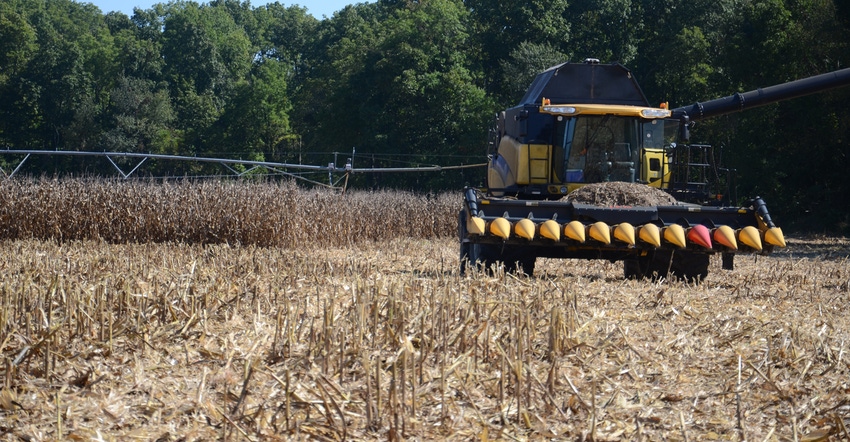
You have a choice when you are no-tilling or running equipment with autosteer, especially if you have RTK guidance. You can attempt to keep the wheel traffic from major machines — including tractors, planters, sprayers and combines — in the same rows, or you can run each machine on different paths.
The concept behind controlled traffic, where as many passes as possible use the same tracks, originated with ridge tillers more than three decades ago. The late Sam Parsons, a Purdue University Extension ag engineer, and Randall Reeder, then-Extension specialist at Ohio State University, did studies and gave talks about the possible benefits of keeping traffic in the same rows.
The concept was based upon the theory that it would be better to compact the same areas every time and only affect a few rows vs. spreading compaction across the entire field. Experts estimate that a significant amount of soil compaction created by traveling across a field happens on the first pass.
True believer
Don Zolman, Pierceton, is picky about minimizing unnecessary field traffic as much as possible. Even though part of the ground he farms is sandy and some of that is irrigated, he goes as far as he can to minimize traffic across the field.
Zolman currently uses primarily a twin-20s row configuration. He typically has a wider gap where tires run, and tries to run each machine down those same tracks. That requires setting up machines so axle widths are the same or similar.
Zolman even installed a red snout on a yellow corn head so he knows which row to line up on. This not only simplifies knowing where to line back up for the next pass, but also helps keep the combine on the same tracks every time.
Same route every time
Clint Harrison, a district conservationist with the Natural Resources Conservation Service and a member of the Indiana Conservation Partnership that prepares stories on soil conservation topics for Indiana Prairie Farmer each month, often fields questions from farmers wondering which approach to field traffic is best.
Is it better to drive a different route with the combine or planter with every pass? Or is it better to take the same route each time? Whether it’s with a grain cart, semi or tractor, Harrison advises trying to stay in the same tracks every time to reduce compaction issues in fields.
According to Ohio State University studies, 85% of compaction damage is done on the first pass, for both tracks and tires. In areas with soil compaction, there will be a reduced crop stand, less water infiltration and stressed root growth, which induces crop stress and lowers yields and profitability. Controlled traffic is an important component alongside conservation practices like no-till, nutrient management and cover crops that will help you achieve a healthy soil environment, Harrison says.
He works with farmers whose equipment passes are planned so their planting, nutrient application, spraying and harvesting all follow the same tire or track paths. These farmers vastly reduce the percentage of their fields that are compacted. Harrison's advice? Stay on the same route — every time!
About the Author(s)
You May Also Like




